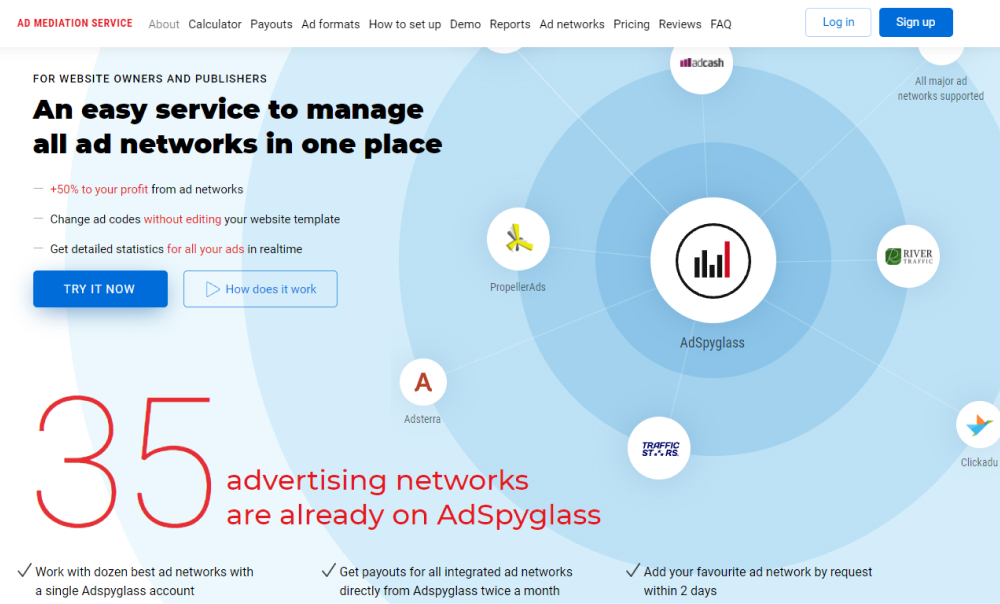Website navigation helps users to find needed resources on the website faster, without leaving the said website.
There are three types of website navigation:
Global Navigation
It means that the menu stays the same no matter what page you are viewing.
Hierarchy Navigation
The menu changes depending on what page you are viewing. It is mostly used by content-based websites like newspapers. For example, you have different content categories or topics. After you have clicked on the topic, there is another menu with subtopics.
Local Navigation
There are links to other pages of the website within one of the pages. It is also mostly connected to content-based websites. In one blog article, you can leave links to connected pages throughout the text. That is an example of local navigation. Its purpose is to make users explore the website further.
Navigation is extremely important for user experience. If users can not find needed information within three clicks, they are likely to become annoyed and leave the website. If there is no local navigation, they may view a single page and move on.
Therefore, good navigation needs thoughtful planning, knowledge of standards (like hamburger menu icon), explanatory short names of sections, different designs based on the device the website is viewed on, and implementation of design techniques.
